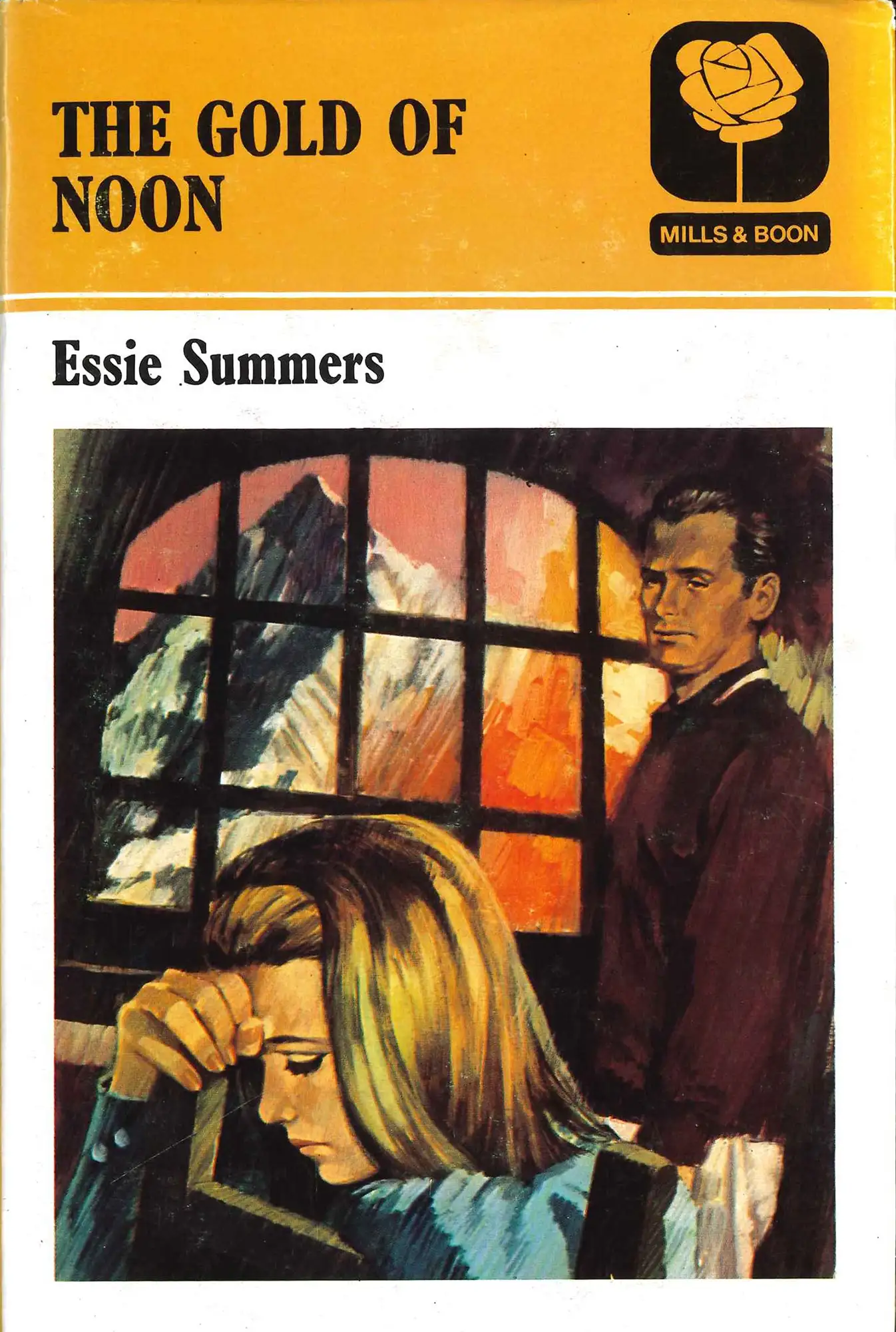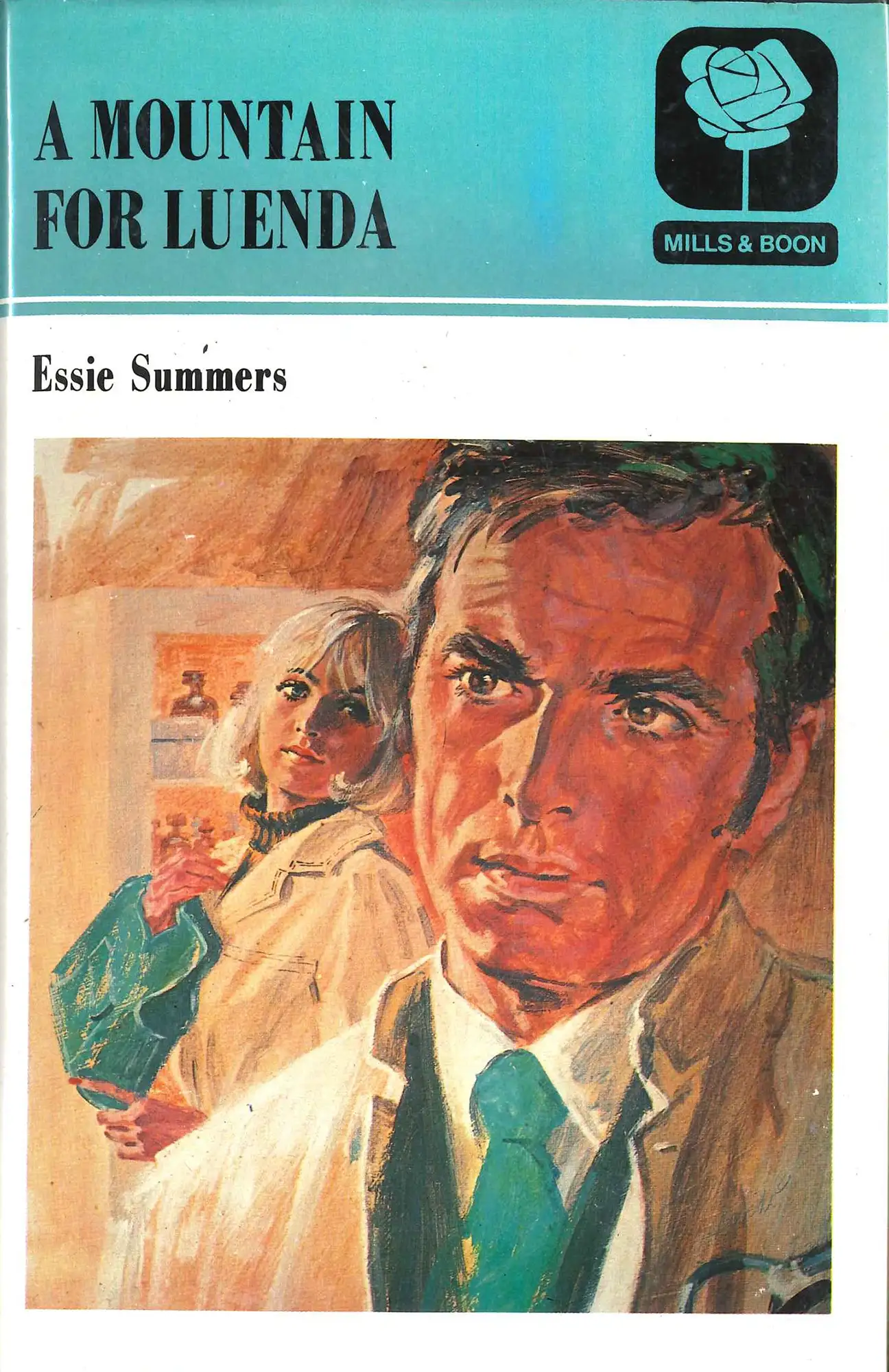Case 6
- Novels, Central Otago 3

Essie Summers. The Gold of Noon. London: Mills & Boon, 1974.
For The Gold of Noon, Summers created the fictional community of Ludwigtown. It reflected the European heritage of those who settled real-life Arrowtown, Queenstown and Albert Town in Central Otago. Characters visit Ludwigtown in other romances too, including A Mountain for Luenda, which returns to the author's imaginary Lake of the Kingfisher, and explores the awe-inspiring peak dominating Mt Serenity sheep station.

Essie Summers. A Mountain for Luenda. London: Mills & Boon, 1983.

Essie Summers. MacBride of Tordarroch. London: Mills & Boon, 1984.
MacBride of Tordarroch suspects the motives of Veronica Blakeley, whose appointment to value antiques for his aunts is secret. Family heirlooms create misunderstandings in this and several more of Summers’ novels. In this case, suspicions arise in a setting Summers regarded with affection, in the hills beyond Lake Wanaka.


